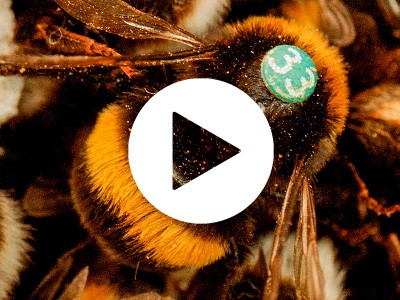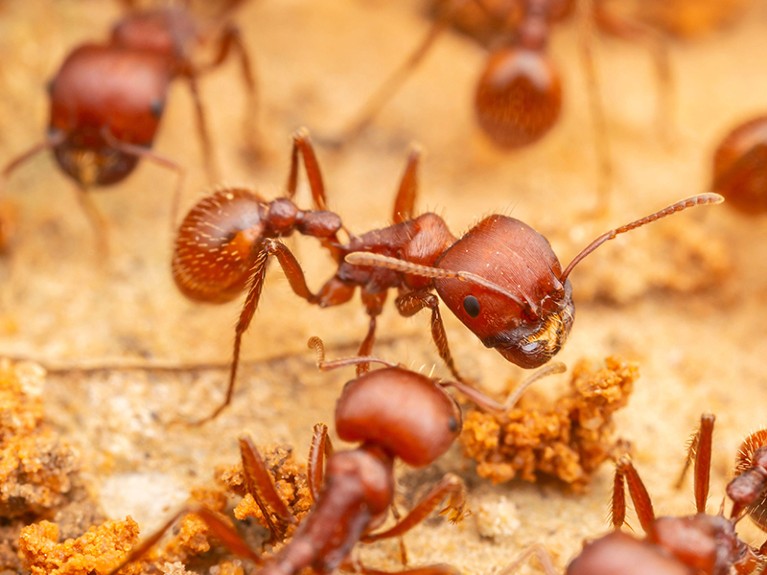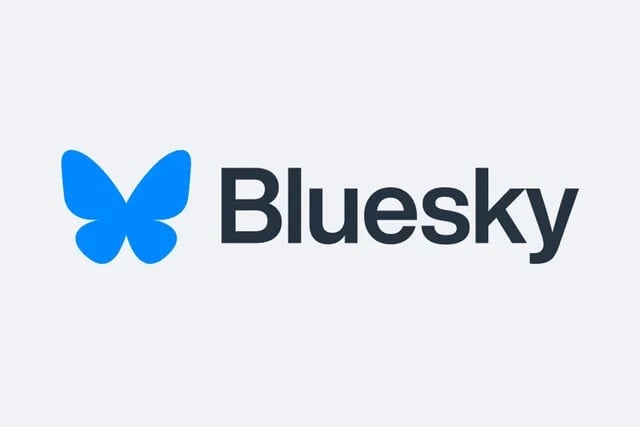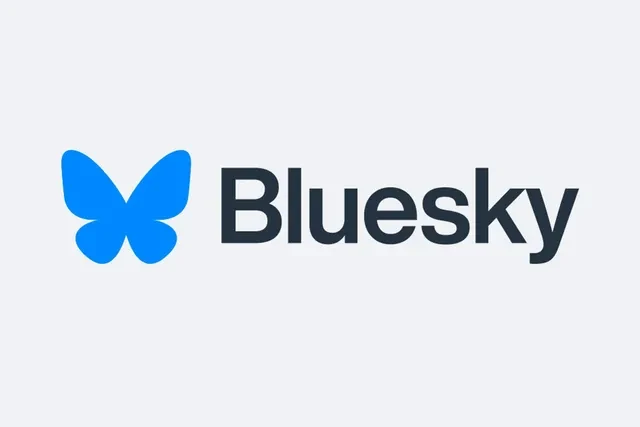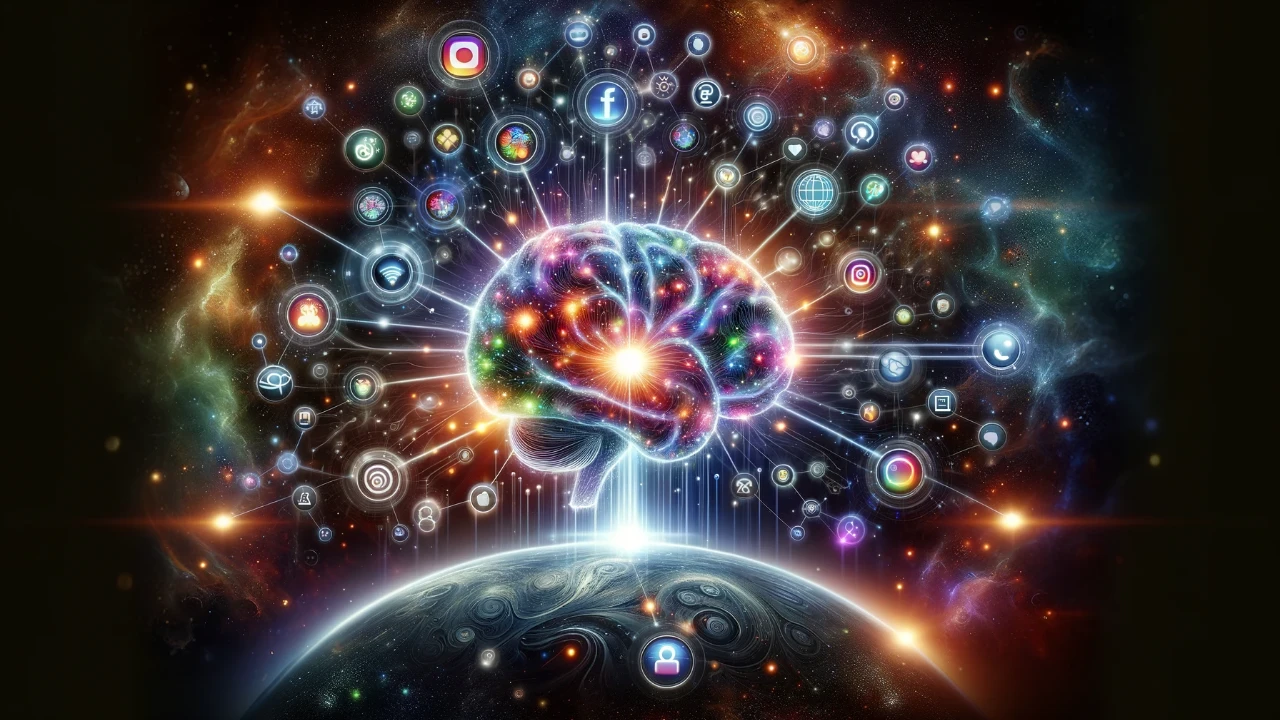[ad_1]
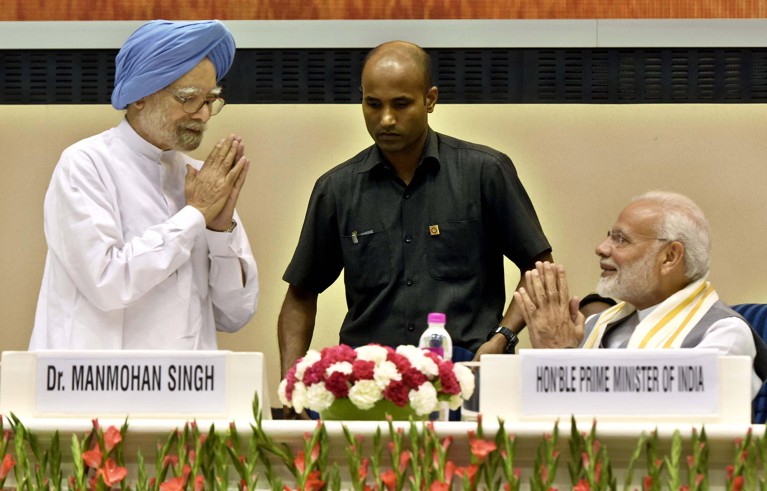
The Centre for Policy Research has worked with the government of prime minister Narendra Modi (right) and his predecessor Manmohan Singh (left).Credit: Sushil Kumar/Hindustan Times/Sipa USA via Alamy
It is India’s leading social-science research institute with a global footprint. The Centre for Policy Research (CPR) is credited with providing an evidence base for India’s economic reforms in the 1990s and helping lay the foundations for its current agenda on climate change.
In January, the government of the Bharatiya Janata Party (BJP), which is seeking re-election, cancelled CPR’s international funding licence, a decision that is being challenged in court. The centre has also been served with a tax demand to pay around 10 crore rupees ($1.2 million) from India’s Income Tax Department.
The case against CPR, which is based in New Delhi, has shocked researchers and policymakers all over the world.
“CPR has a long track record of excellent scholarship, which has consistently illuminated and informed Indian public debates,” says Harald Winkler, an environmental economist at the University of Cape Town in South Africa.
Around three-quarters of CPR’s annual funding came from international grants, most of which the organization is now unable to access. Fewer than 10 staff members are now left of a total of around 200. The centre, has also lost its chief executive, Yamini Aiyar, who stepped down on 31 March.
Mysterious case
The Ministry of Home Affairs cancelled the CPR’s international funding licence under the 2010 Foreign Contribution (Regulation) Act, or FCRA. The law requires organizations to register with the government to receive international funds. The aim, as described in the text of the act, is partly to protect “the national interest” from international influence.
The difficulty faced by CPR and other research organizations is that the law does not allow them to transfer funds from international sources to partner organizations. This makes collaborative research impossible to do, Aiyar writes in a World View article in Nature this week.
CPR’s international funders include the Bill & Melinda Gates Foundation based in Seattle, Washington, the UK Foreign, Commonwealth & Development Office in London (FCDO and the Ford Foundation, based in New York city. Nature reached out to the funders for a response. The Gates foundation and FCDO did not respond before this article was published. The Ford Foundation declined to respond.
The path to India’s growth
Since its founding in 1973, the CPR has worked with governments of both left- and right-leaning parties. “They were doing objective, non-partisan research,” says Robert Stavins, who studies energy and economic development at Harvard University in Cambridge, Massachusetts.
In 1991, the country’s then government, led by the Indian National Congress party, embarked on reforms to liberalize its economy after some four decades of government restrictions on industrial development. That liberalization fueled India’s subsequent growth, including the rise of new corporations in finance, information technology, pharmaceuticals and services industries.
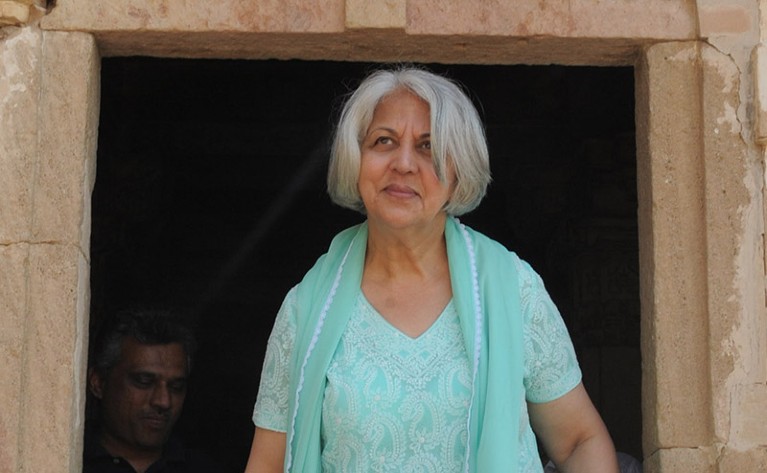
Economist Isher Judge Ahluwalia’s empirical work helped build evidence in support of economic liberalization that fuelled India’s growth.Credit: Sam Panthaky/AFP via Getty
CPR researchers helped to lay the intellectual foundation as well as provide empirical support for economic reforms through publications authored by staff. According to Aiyar, these include Towards an Industrial Policy: 2000 ad (1977) by CPR’s founding director V A Pai Panandiker and policy researcher P D Malgavkar; and Industrial Growth in India by economist Isher Judge Ahluwalia (1985).
Ahluwalia analysed productivity data for 30 industries over a 20- year period up to 1979/80. She concluded that India’s industrial growth had slowed after the mid-1960s and that government controls on industry were an important cause. It was painstaking work, carried out at a time when data were not digitized. This and subsequent work, were among the sources of evidence supporting the 1991 economic reforms enacted by the government of prime minister Manmohan Singh.
Climate strategies
CPR researchers have also helped the current BJP-led government with its climate-change policy development. Ahead of the United Nations climate meeting COP27 in Egypt in 2022, the CPR convened a cross-ministry team of the government to craft India’s first long-term low-emissions strategy.
The process to create the strategy “is an example where we were directly invited into a formal governmental process”, according to Navroz Dubash, CPR’s former head of climate, energy and environment research, now based at the National University of Singapore.
“The invitation likely came out of the academic work we did,” Dubash said in an interview published on CPR’s website. These include studies showing how climate and development can be integrated. Dubash explained how CPR encouraged different ministries to be in the room when the strategy was being developed. “We designed a process where we said let’s make this a cross-government approach because climate change is not . . . just about environment and emissions, it’s about the choice of electricity system, choice of transport systems, patterns of urbanization,” he said.
CPR has “done exceptionally important work on climate and energy policy”, says Matto Mildenberger, a political scientist at the University of California, Santa Barbara. “It is one of the most important voices from the perspective of the global south.”
Action on accountability
In 2008, Aiyar and her team established a research project called the Accountability Initiative aimed at improving transparency and accountability in government. The programme studies and documents the government’s mechanisms for delivering and assessing its policies. It also analyses how communities can hold the government accountable, or improve its accountability.
The Accountability Initiative has highlighted the need for improvements to government funding mechanisms, says a US-based social scientist, who asked not to be named. For example, researchers showed a rising trend in late payments from a government welfare scheme for rural households, between 2016 and 2022.
CPR’s plight could have a chilling effect on anyone else attempting similar work, researchers have told Nature. “Now any research organization in India is going to be wary of getting involved in anything that may challenge the government and lead to FCRA status cancellations,” says Johannes Urpelainen, a political scientist who studies environment policy at Johns Hopkins University in Baltimore, Maryland, and who has partnered with researchers in India.
In Breaking Through, a memoir published in 2020, the year that she died, Ahluwalia wrote: “More than any other institution I have known, and particularly relevant to bear in mind today, [CPR colleagues] showed a genuine ability to leave political differences at the door and reap the benefit of differing perspectives on issues of national importance.”
Nature has reached out to India’s Ministry of Home Affairs and the FCRA office in New Delhi. No response was received by the time this article was published.
[ad_2]
Source Article Link






